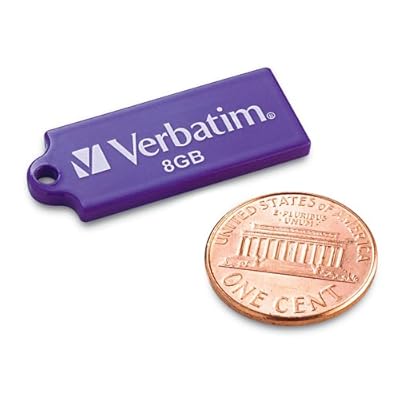This is part of a very occasional series of ruminative posts in which I explore the career of a twenty-something student as he explores career options in a world with heaps of possibilities.
Lately I've been thinking about how businesses use the Web strategically.
For example, Chris Kulczycki, proprietor of
Velo Orange (and friend of the blog), uses
his company's blog to not only provide updates on new products, but to engage publicly with customers about product design and even
explore new branding strategies. On a recent trip to Taiwan to meet with manufacturers, Chris
blogged and
tweeted about new product possibilities and production challenges.
Arc-Zone has a slick web presence, which includes their main e-commerce site as well as two blogs,
Carmen Electrode and
Joe Welder. Written by Arc-Zone's marketing director, Carmen Electrode focuses on women in welding, and in fact may be the only blog on that subject. Carmen herself has a
facebook profile. Besides a
Twitter feed, Arc-Zone also has a
YouTube channel. In
one YouTube video, the company founder gives a tour of their facility, including enough detail to make a competitor salivate.
These are just two examples. I'm sure there are dozens more like them.
Traditional business logic would frown on all of this. These companies would seem to be giving away the very things that keep them competitive. Every tidbit tweeted could put a competitor one step closer to undercutting them.
And yet, the sky--it does not fall. These businesses are not in decline. Competitors aren't appearing daily.
"Why?" is a subject for another day, but, as a consumer, I feel an attachment to these companies. I understand a little better what drives them, where they're going. I want to do business with them because I can see how they work, their attention to quality & detail. Managing a complex web presence is challenging and time-consuming. A company with a serious commitment to that is doing something right.
With that in mind, let's talk about me.
This summer was a great one.
For about a month, I did contract work for two companies. At one I did 3D CAD, designing parts in a quiet office, and learned a lot about engineering a complex pneumatic/hydraulic/electrical system. At the other I helped build a prototype mountain bike frame in a busy fabrication shop, working alongside welders and machinists. My main contact at each company was a late 30s/early 40s business owner--energetic, passionate, talented, fathers. Two different guys, but they both needed things made, new things, unlike what they'd made previously.
For the first time, I felt like my clients really valued my skill set. My clients made me think about who I want to be when I'm their age.
I also spent a month as a volunteer in Guatemala, doing similar work, but in a very different setting, and with a focus specifically on sustainable technologies for the rural poor. I worked on micro-hydroelectric installations, made a sheet metal flue for a brick oven, and troubleshooted solar thermal domestic hot water collectors.
What if this is me: the guy who helps people prototype. I do 3D CAD, do the stress/strain analysis, make shop drawings. I have a broad range of fabrication skills. I specialize in metals, but beyond that I'm fairly niche-less: machining, welding, brazing, cutting, CNC, steels, aluminum, pipe, tube, plate, square, round, thick, thin. I could even specialize in unusual processes, like dissimilar metal joining. I provide the perspective of a fabricator in the design-for-manufacture process, while remaining fluent in the language of design. I'm the bridge between manufacturing and design, because I have experience with both. When time comes to mass-produce something, I can offer contacts in manufacturing and help work out the details.
Questions for discussion:
- What is the client base? Entrepreneurs? Artists? Companies wanting to develop a new product? What about academia--grant-funded researchers?
- To what degree should I specialize in renewable energy, or anything else for that matter? This may evolve as the business grows.
- What contacts do I need? Who would be the best people to know? What contacts do I need in manufacturing specifically? Does this mean expanding my network towards China, Taiwan, Japan, Germany?
- How do you market a business like this? What kind of image/brand do I want to portray? What kind of web presence would be best?
- Does the list of services include fabrication? Do I need my own shop space? This could be the most expensive start-up cost, including tools, space, utility bills, insurance. High fixed costs, even if it goes unused. A shop is expensive to move, and ties up capital in a form (machinery) that's not easily liquidated. Slowly acquiring more tools on a job-by-job basis seems prudent for now.
- Where would be the ideal location? How much travel would be involved?
- What key employees or partners do I bring on board? Who takes care of the things I'm not good at?
- Who else is doing work like this? What can I learn from them?
Name/slogan/branding ideas:
Business-savvy design/fabrication consulting
Prototypes that work
Technology Consulting
FAB Design
Prototypes, Inc.
Proto Design
Technology Design








